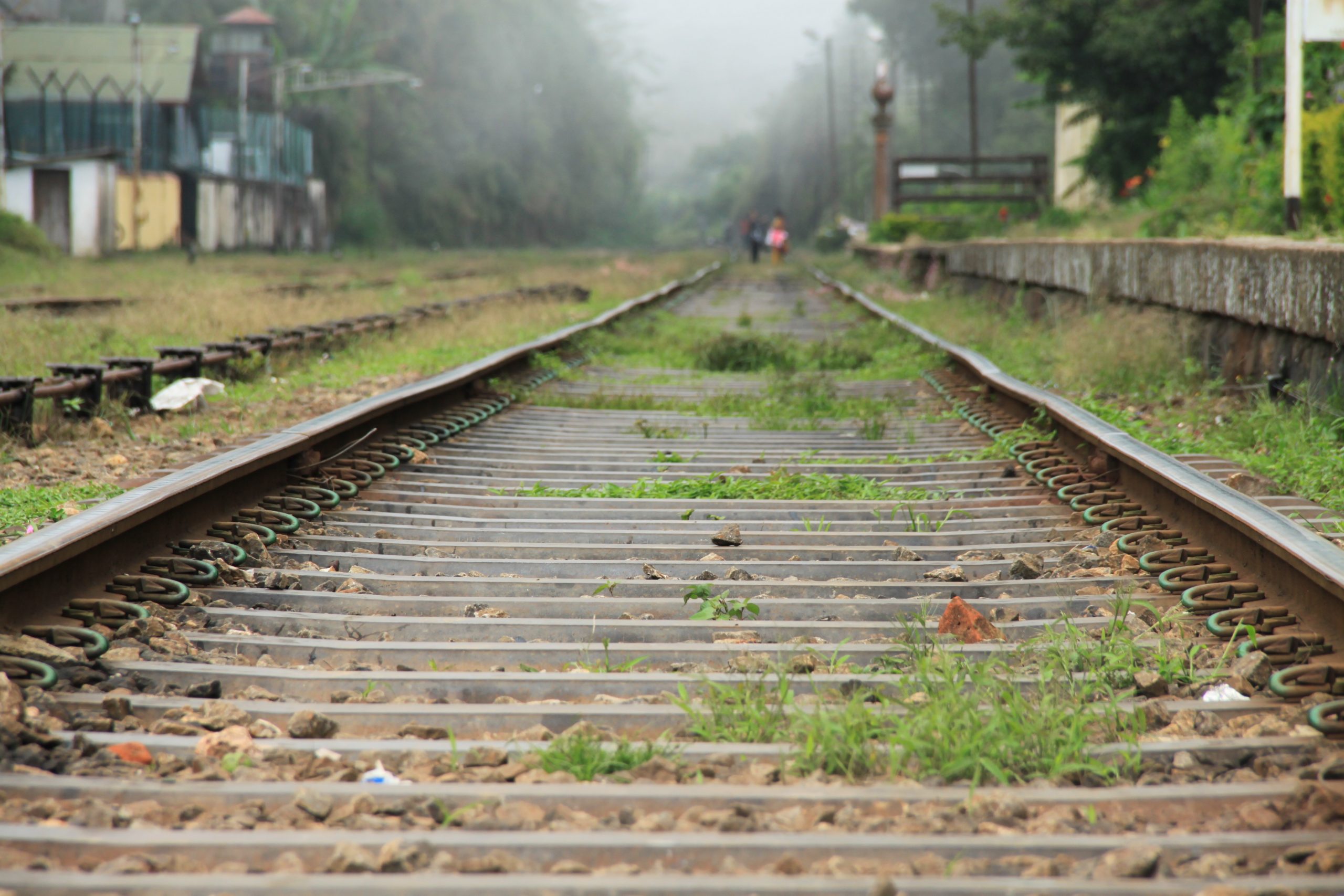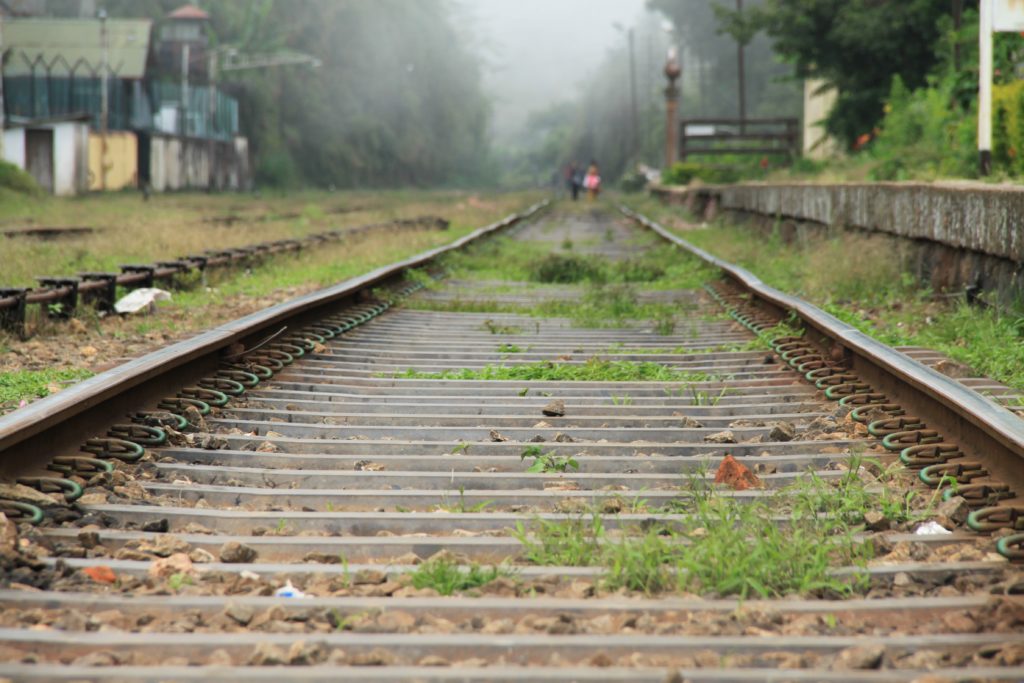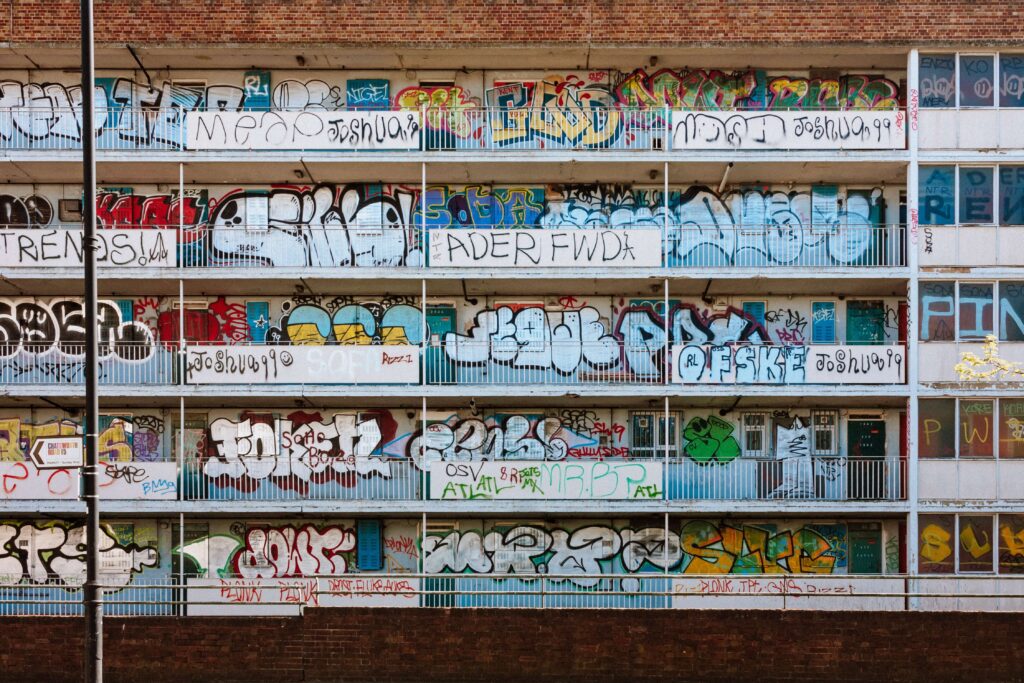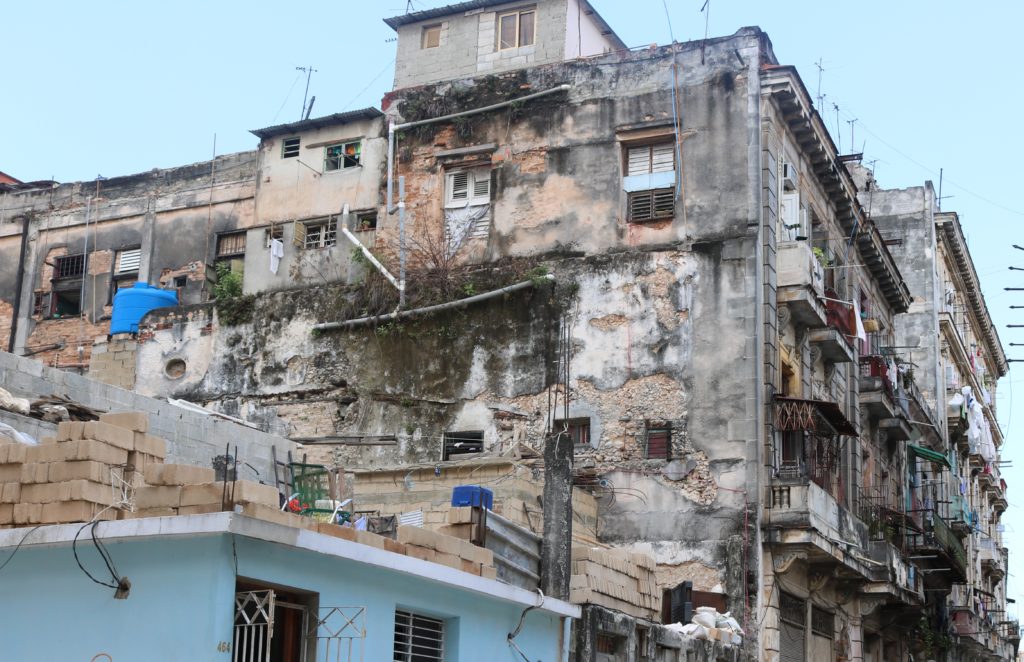Public Commentary / 14 December 2018
Resilience in Sri Lanka

The recent political crisis in Sri Lanka has gone largely unnoticed in the international press. Although it is a very serious matter for the 21.4 million Sri Lankans who currently have one, two or no government, it rarely rates an update on BBC or CNN (unless chili powder is being thrown or a protest turns violent). This is partly due to the sad reality that “if it bleeds it leads”. Indeed, we contend that it is because resilience is boring – when institutions work the way they should, they are mundane, bureaucratic, clerical, and tedious and they don’t grab attention the way that tweets, bullets and cars on fire do.
While we study fragility and state failure and these cases regularly make the news, we infrequently observe the opposite – headlines about societies making slow and steady progress on institutional reform, improving governance, building resilience, and embracing social change. Even here, we’re focusing on Sri Lanka because of the recent constitutional crisis; but we’d like to focus on the resilience we see in Sri Lanka, to demonstrate where progress has been made – that after a couple of decades of investment in governance, Sri Lankans are not back at “square one.” How Sri Lankans have responded to these events demonstrates the resilience that they have built into their systems of government and social norms.
Three signs of resilience in Sri Lanka
People build resilience in systems so that when they encounter stresses, the systems will survive the shocks and continue to produce the outcomes for which those systems were designed. There have been three recent tests of the Sri Lankan political system and a few signs of resilience that arguably didn’t exist twenty years ago:
Parliament’s Response to Dissolution Order: There are many countries in the world where a strong president could dismiss an unpopular prime minister and it might be accepted (sometimes without dispute, at other times at great cost). The fact that parliament rejected the president’s dismissal of the prime minister and appointment of a new PM/cabinet and used governance systems to address the dismissal is a sign of institutional resilience. Public support for parliament’s actions represents a significant confidence and trust in the institution of parliament as a check on executive power.
Rejection by the Supreme Court: Another case where the system has quietly “worked as intended” manifested through the Supreme Court’s suspension of the dissolution of Parliament on November 13 and continuing that suspension until a final verdict is issued. Finally, despite being under pressure, the court ultimately ruled against the president and reinforced the rule of law under the constitution. The increased confidence in the final decision by the court further demonstrates the popular support for institutional checks and balances.
Rejecting Bribes: Had lawmakers behaved differently, the no-confidence motion would have succeeded. Instead, allegations of bribery were brought to the surface, then national and international condemnation reversed any effort to push through the motion. Scholars who study corruption note that it is not the absence of bribery that is evidence of progress, but rather allegations of bribery by those who are confident enough to trust systems of governance – in this case, it was actually a sign of resilience that allegations of bribery surfaced, demonstrating trust in good governance.
These three signs of resilience, along with low levels of violence and some public political discourse are signs that Sri Lanka has developed at least some resilience to endure trials like the current constitutional crisis. This may not be satisfying to activists who would like to see Sri Lanka become the nation it can be immediately, but those who have studied such processes know that reform is a long haul and requires planning and much adaptation and course correction.
It Takes A Generation
It may seem easy for outsiders like us to take the long view and look at the big picture on institutional reform. We realize it is unsatisfying (and often frustrating) when outsiders remind those on the ground dealing with the day to day negotiations and setbacks that progress takes time. But it is also our responsibility as professionals who study and work on these types of processes to remind those involved that no country has undertaken reform processes, constitutional or otherwise, quickly or smoothly. Even in the best cases, institutional reform takes a generation; not to move from Somalia to Denmark, but to make a more realistic move, like the equivalent of transforming the quality of institutions from that of modern day Nepal or Madagascar to those of Thailand or Tunisia. During that time there are often stress tests on these systems and there can be setbacks; Sri Lanka is in the middle of a long process and the current events are such tests. As such, it is important to put progress into perspective. While the guiding star on such a process might be a new constitution or more representation in parliament, seemingly minor victories like those described above are more likely to occur day by day and indicate progress that can be especially appreciated from a comparative perspective.
Developing an Inclusive Political Culture
Sri Lanka stands at a defining moment. Continuing to rely on, and strengthen, a political system based on institutions and the rule of law will be critical to building the new Sri Lanka. However, the twin challenges of backsliding and institutional capture by anti-democratic forces still loom large. To face them effectively, elections will not be enough. What Sri Lankans can do now is to use the current crisis to nudge the political culture in a more inclusive direction, based on dialogue and the identification of minimal common denominators of the national interest.
Read more on the evolving political context in Sri Lanka here.
Originally published in Groundviews.








